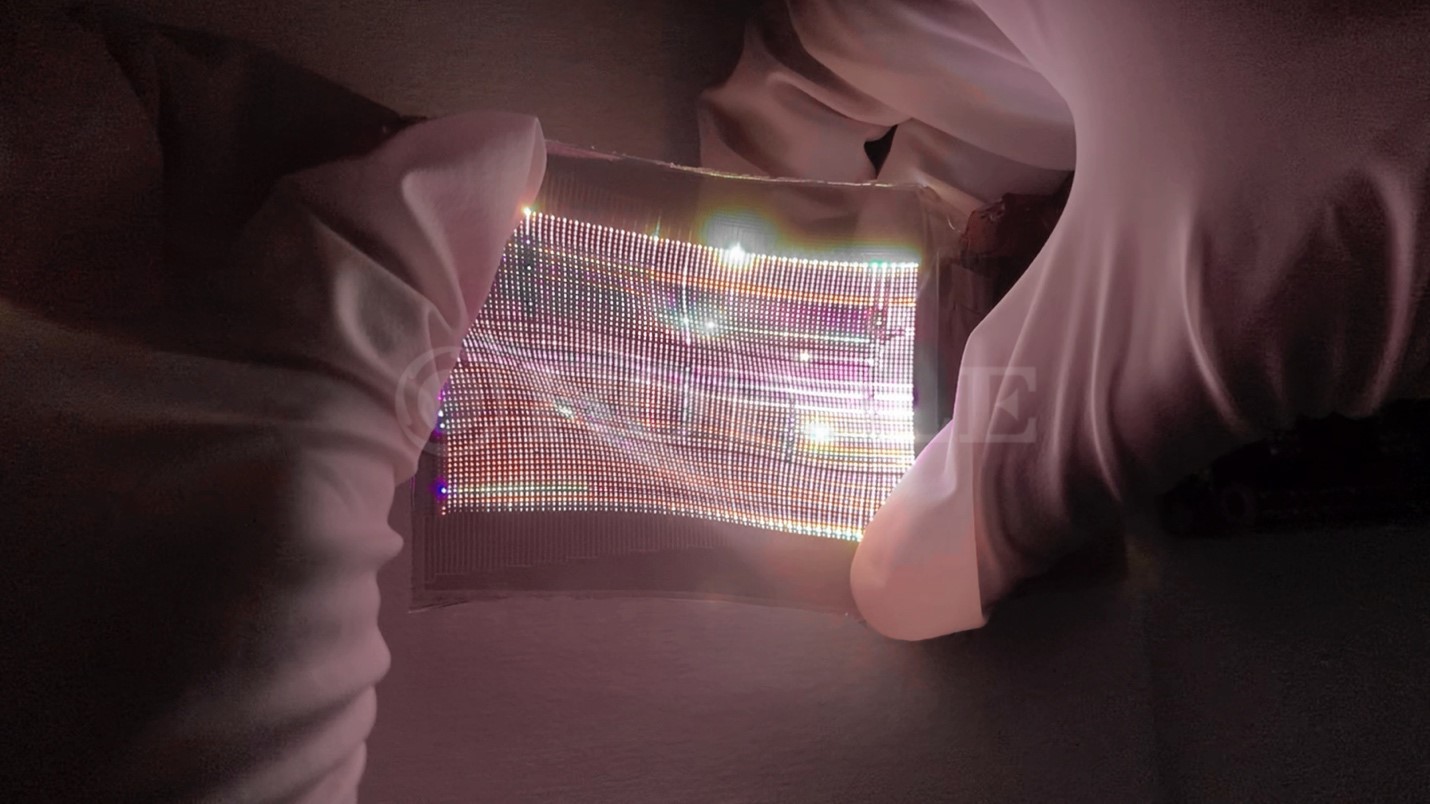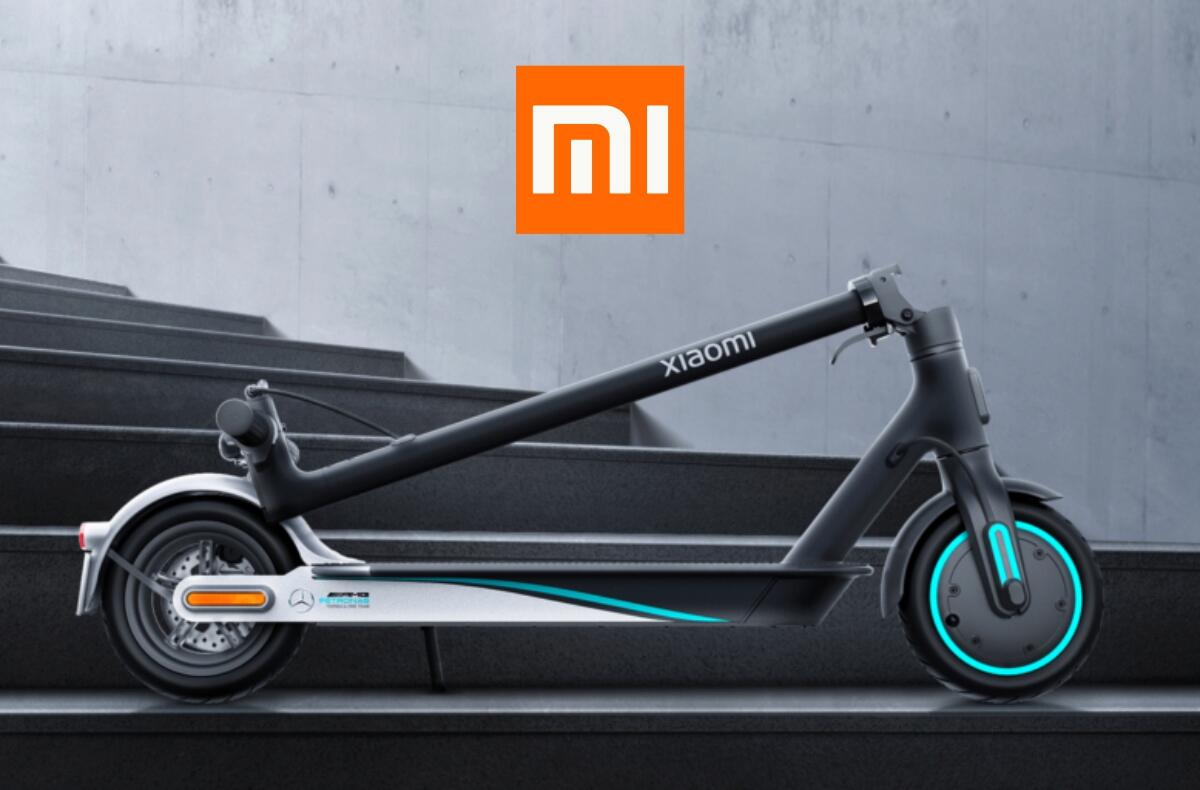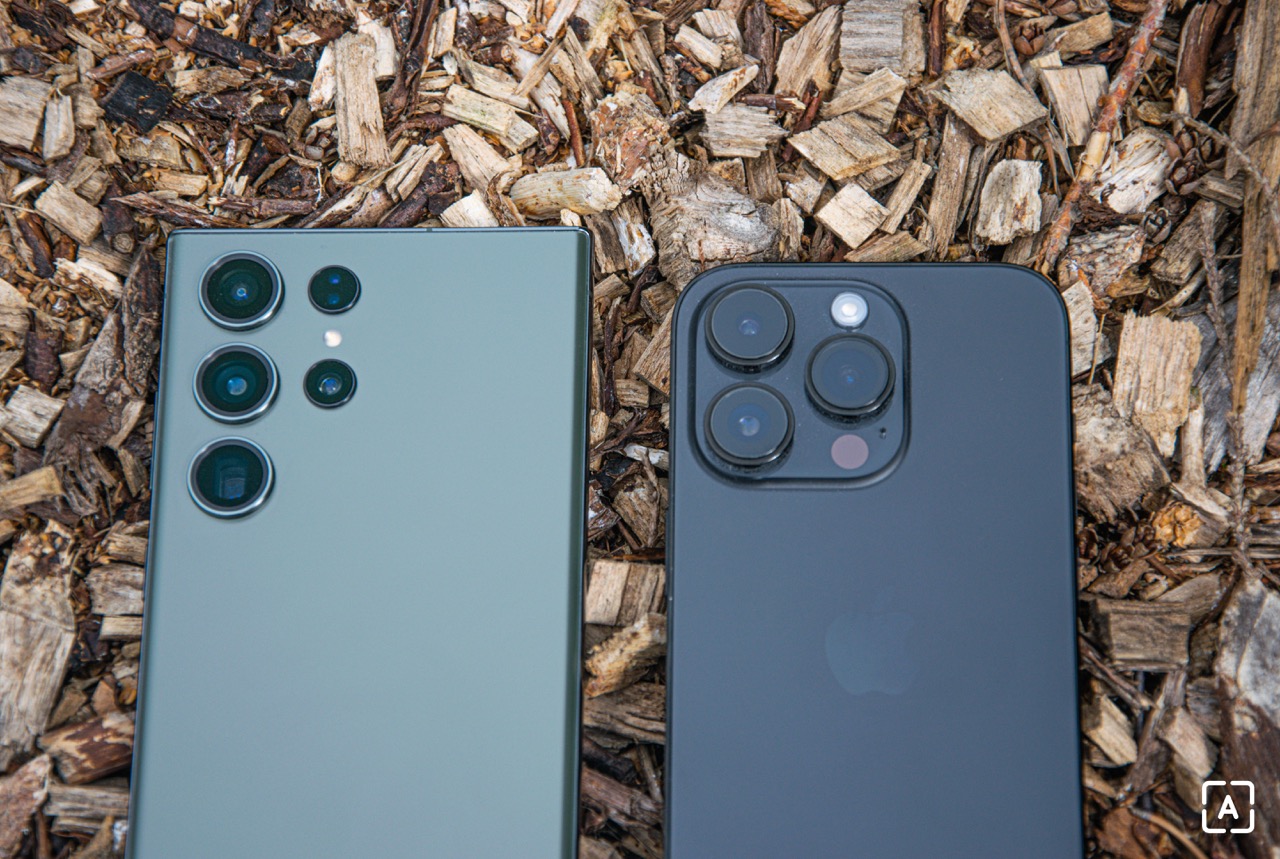Royole introduced a revolutionary display. You can stretch it or wrinkle it
Despite the initial problems, flexible displays are becoming more and more used in smartphones, and their development itself is advancing in rapid steps. Company Royole now introduced on its official website a new type of micro-LED display that you not only bend but also bend or stretch.
Royole takes the possibilities of flexible displays a little further again
If the name of the Chinese company Royole doesn’t mean anything to you, then you should know that it was the first in the world to introduce a folding smartphone with a flexible display. Its name was Royole FlexPai and it was introduced before the more famous Samsung Galaxy Fold model. Unlike the smartphone of the South Korean giant, it was not sold on the global market and thus did not gain wider awareness. In addition, he was bothered by several mistakes and did not gain many customers in China either.
Most of the first-generation bugs have been tweaked by its successor, the Royole FlexPai2, which was released last September. Royole still doesn’t want to rest on its laurels and has introduced technology to give it an edge over the competition. It is a micro-LED display, which is designed primarily for wearable electronics. Unlike other flexible OLED displays, you stretch it and return it to its original state. You can also cringe.
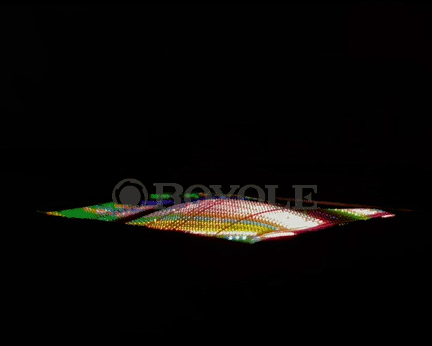
The company demonstrated a prototype of a 2.7-inch display with a resolution of 96 × 60 pixels at the Display Week 2021 event. The prototype could be stretched up to 130% of its original length without damage and bent by 40 degrees without damage. If you have wondered why the manufacturer does not want to use this technology in the case of smartphones, the answer is simple.
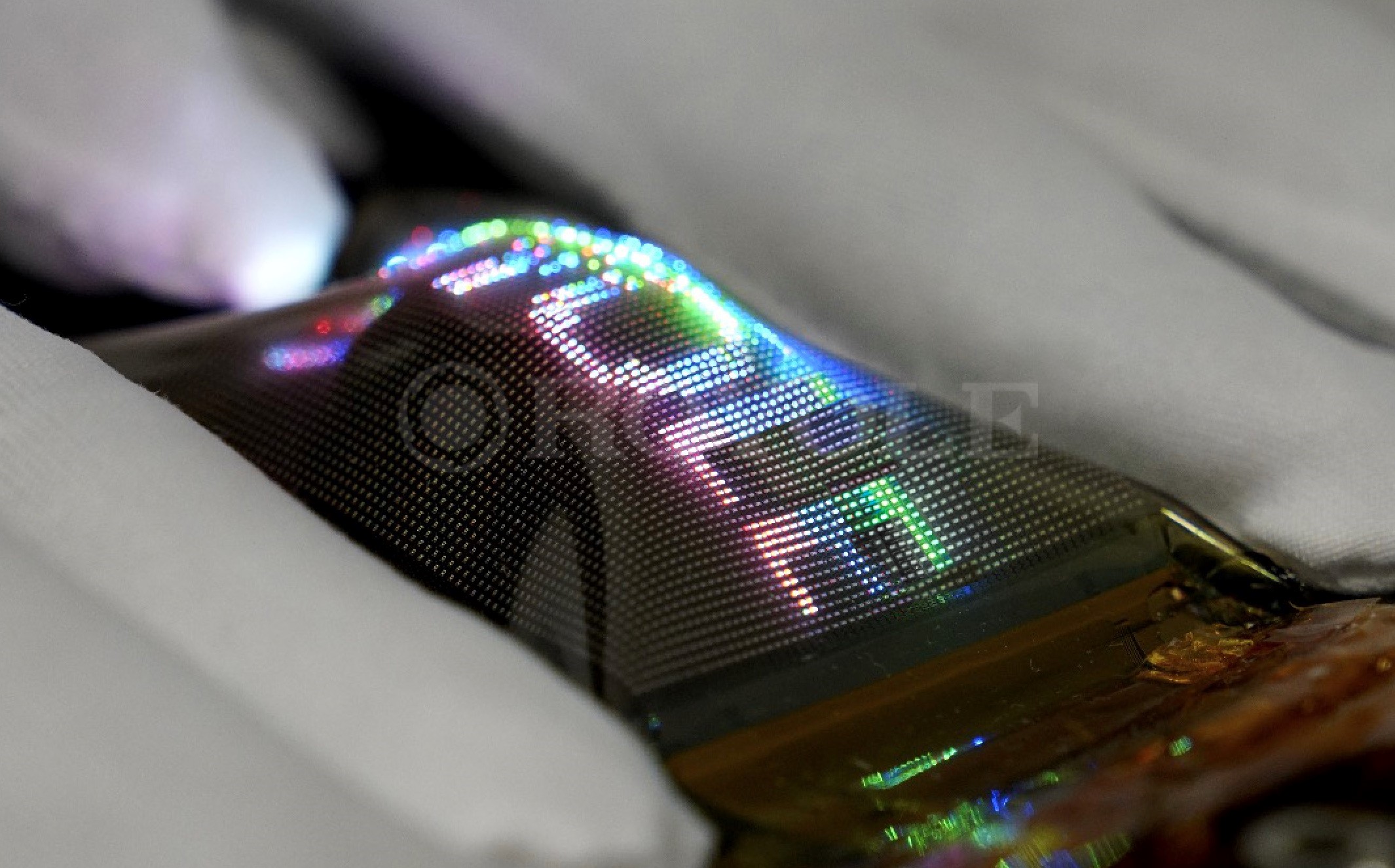
The new type of display still has a low pixel density
At present, such a micro-LED display can have a maximum pixel density of 120 PPI. Even the cheapest smartphones today have displays with a pixel density higher than 250 PPI. In the case of the middle class it is around 400 PPI and in the most expensive flagships it exceeds 500 PPI. For smartphones, that would be a step backwards. However, it is likely that the technology of this display will evolve and with it the density of its pixels will increase over time.
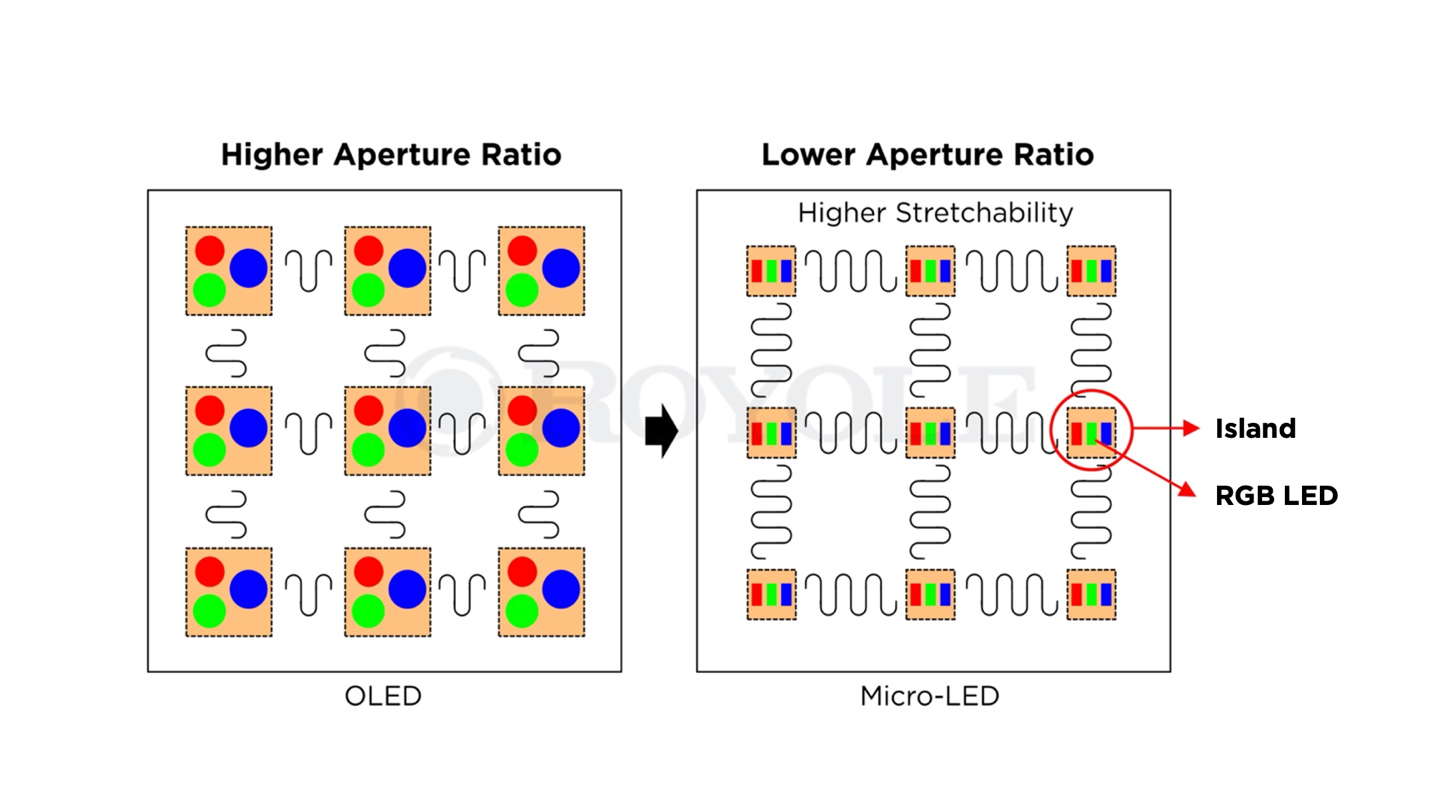
Royole predicts the future of micro-LED displays in other devices such as smart watches and other wearable electronics. The panels will be able to be used in car windshields or sunglasses. The main reason is much higher light transmission (up to 70%) compared to flexible OLED displays. However, the manufacturer has not yet announced the availability for real devices.
